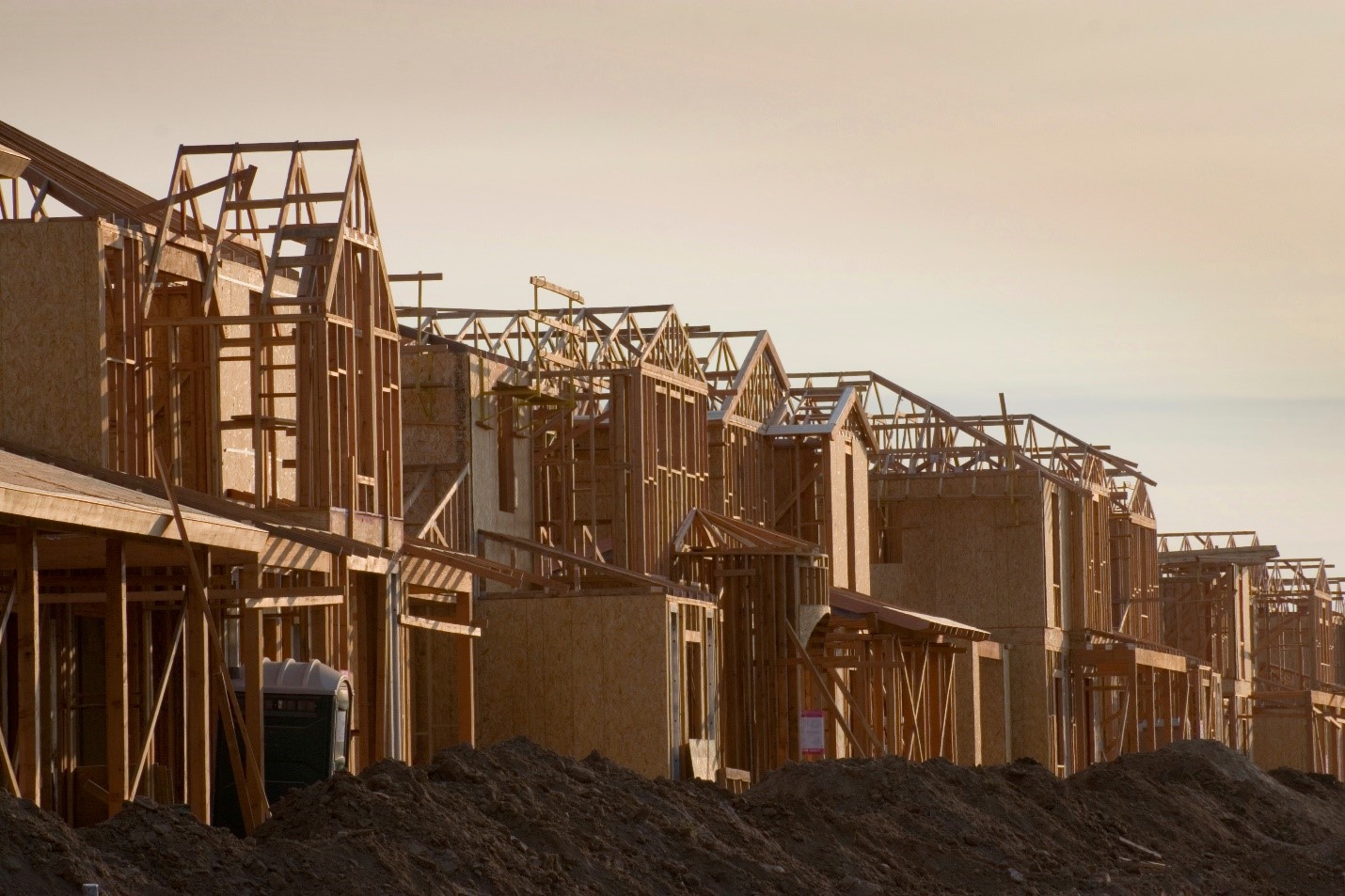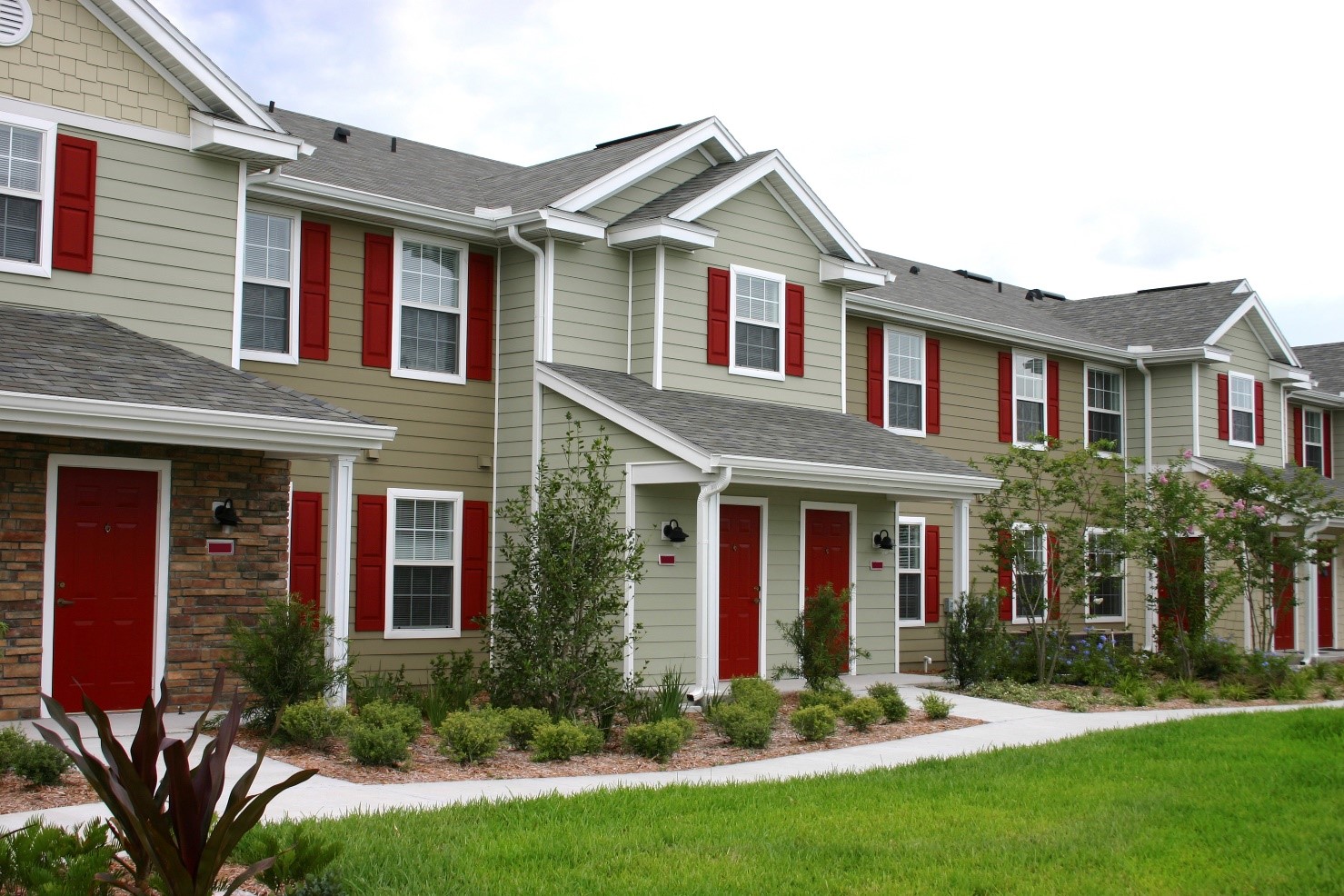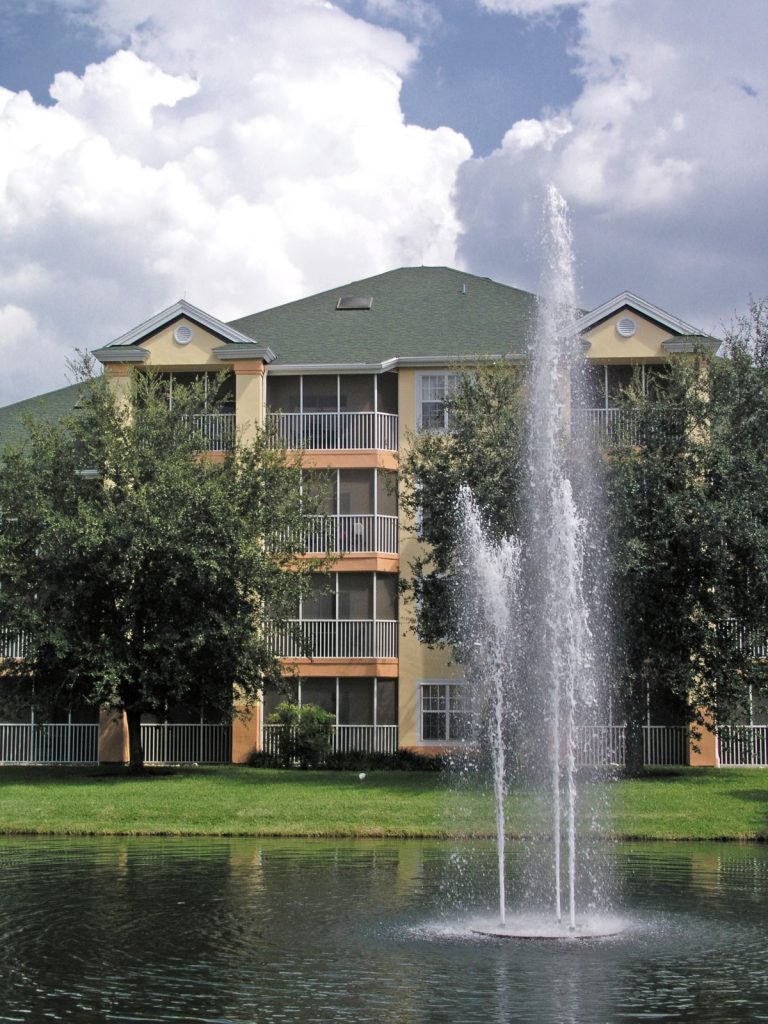What is Multi-Family Property

There are many types of multi-family investments Houston in the residential housing industry. The common type of multi-family are apartments, townhomes, duplexes and condos.
Apartments
Apartments are normally small cost effective living spaces that are grouped together in a common building. If there are multiple buildings they are often referred to as apartment complexes and will have community amenities such as pools, covered parking, dog parks and common green spaces. Apartments are the least expensive affordable housing solution.
Townhomes
Townhomes are typically attached houses that are in a common building structure separated by a common fire wall. Townhomes are typically considered a more affordable than single family home. Townhomes have similar common grounds like other multi-family properties.
Duplex
A duplex home is multi-family housing that has two separate living space units in the same building sharing a common floor or wall. Duplex structures are commonly two story structures with separate units on each floor.
Condos
Condos are typically an apartment type of living space in a common building but the primary difference is that condos have a private deeded ownership feature that apartments do not have. Apartments are commonly owned and operated by a property management company that provide leasing agents and maintenance.
What is a Houston Multi Family Investment
Houston multi-family investments are an effective method of creating passive income and hedging your equity from inflation.
To evaluate a multi-family acquisition investment opportunity, you will first need to understand your availability financial resources.
To determine the potential income generated you will need to understand the number of units, the rents for each unit and the total operating cost. With these totals you can arrive at the estimated income.
With this information you can also calculate the investment CAP rate which provides you with the percentage of income returned on the market value of the investment.
The financial indicators will provide you a good clue if you want to begin the required due diligence for the investment.
There is a need to explore other expenses, the physical condition of the asset, projected construction improvements and confirm leases from the rent rolls.
If you are accessing a new ground up construction multi-family investment you will need to evaluate the potential success of the community financial fulfillment.

The Benefits of Multi Family Investments Houston

Mitigates Investment Risk
Multi-family investments provide a strong hedge against inflation reducing the assets market value.
The residential housing market has a very favorable outlook for the future. A shortage of housing was created during the 2008 mortgage crisis. This affordable housing shortage was only worsened during the pandemic.
Ease of Financing
Securing commercial property financing is a relatively simple process compared to securing a residential mortgage.
A commercial property loan will allow a buyer to add up to 5 properties to a commercial loan.
3rd Party Property Management
The ability to hire a 3rd party property manager to deal with the day to day operations and administrative requirements of owning and operating a commercial housing community.
Property management should include front office leasing, rent collections, contract compliance and property maintenance.
Steady Cash Flow Income
One of the most desirable benefits of owning commercial housing is the consistent cash flow. Building reserve accounts for property taxes and maintenance expenses should be allocated on a monthly basis.
Wealth Through Asset Appreciation
Apartments market value and rents increase over time. As commercial loans get paid down and market values increase, the owners equity increases year over year.
Tax Benefits
There are many tax benefits for owning a multi-family property such as, accelerated depreciation to offset income, credits for updating energy efficiency of the building, investment tax deductions and passive income tax capital gains.
Stages of Multi-Family Development
Site Selection
Selecting the building site location is one of the most important steps in the developmental process of building a multi-family community. The location is required before the design process can begin.
Factors that should be considered demographics of target renters, will amenities desired fit, cultural desirability of area, freeway access, schools and employers in area.
Building Design
The design of the building and floor plans will have a direct impact on the overall construction cost of the project. The building design will also directly be related to the rental rates applied to apartments.
The class of the property should be kept in mind when designing the building for the rental fee structure.
Land Planning & Engineering & Permitting
Development plans for the community are essential for local authority planning & zoning compliance review. Factors such as parking slots, fire lanes & hydrants, storm drainage, water & sewer and public traffic matters.
Planning of amenities such as security & privacy gates, swimming pools, fitness areas, club houses, grilling areas and guest parking should be finalized at this point
Financing
Preliminary finance approval should be sought early in the development concept stage. With construction documents and local plan approval its time to complete the underwriting for your commercial loan.
Pre-Construction Marketing
It is best practices to begin marketing for renters before the project is completed. This allows the developer the ability to take reservations for leases.
This can be effective down through the completion of a club house if something like this is planned for the community or from a temporary sales trailer.
Construction
The construction of the multi-family community will take some time and require the final inspection approval of the local authorities and fire marshal before the owner can allow occupancy to the renters.
The approval of the entire building must be obtained prior to any one unit taking occupancy.


